The Universal Layer : Lalique Amethyst
Today Elisa talks about her most versatile layering perfumes and gives examples on how to create layering combinations. For more tips and information on layering, see How to Layer Perfumes (Part 1 and Part 2) here at Bois de Jasmin or “Adventures in Perfume Layering” at Open Letters Monthly.
Layering is a controversial practice among perfumistas. Some question why you’d disrupt the experience of a presumably complete work of art – isn’t that like hanging a Calder mobile in front of a Pollock painting? But I’ve found that the nose isn’t capable of appreciating every single material present in a perfume at once; we tend to experience it as a whole, a single smell, and that opens up possibilities. Much as you might need to layer two lipsticks to find your perfect red, layering two (or more) perfumes sometimes produces a better – or at least appealingly different – scent experience.

Lalique Amethyst is one of those perfumes that I like in theory but rarely wear in practice. Like Rosabotanica, it’s mostly a great set of top notes (blackcurrant and rose) without much of a base. Its simplicity is what makes it both a little unsatisfying on its own and one of my favorite layering perfumes. Naturally, it’s nice for bringing out more rose and blackcurrant in perfumes where those notes are already present (as in Moschino Funny!). But I was surprised to discover that it’s truly a shapeshifter in pairings; it layers pleasantly with almost anything and it’s nearly impossible to predict what the combination will smell like!
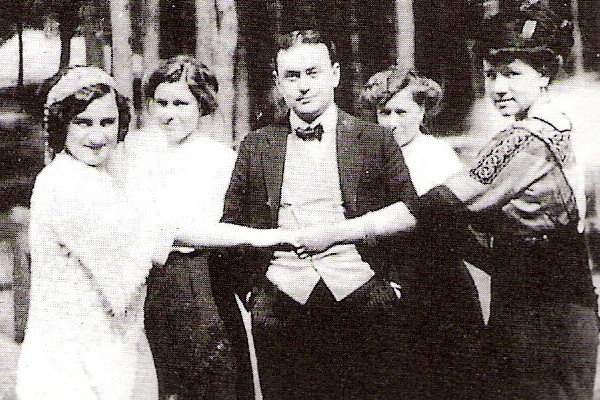
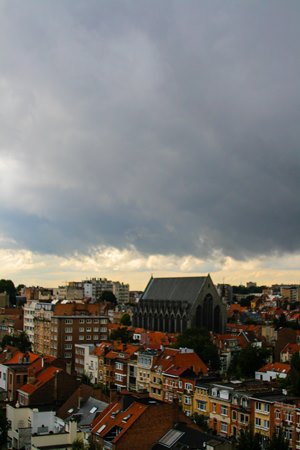













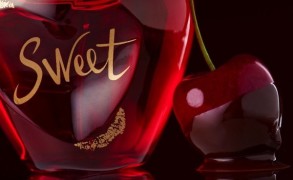
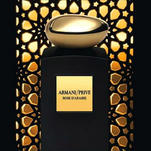
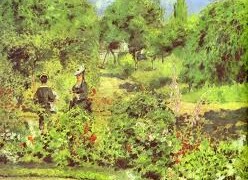
Joi in Giorgio Armani Mania : Long Lost Favorite Perfume: Yes!! January 25, 2024 at 2:54am